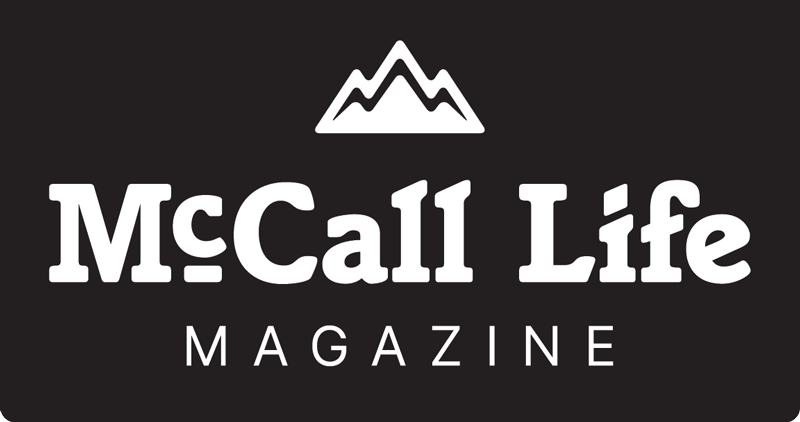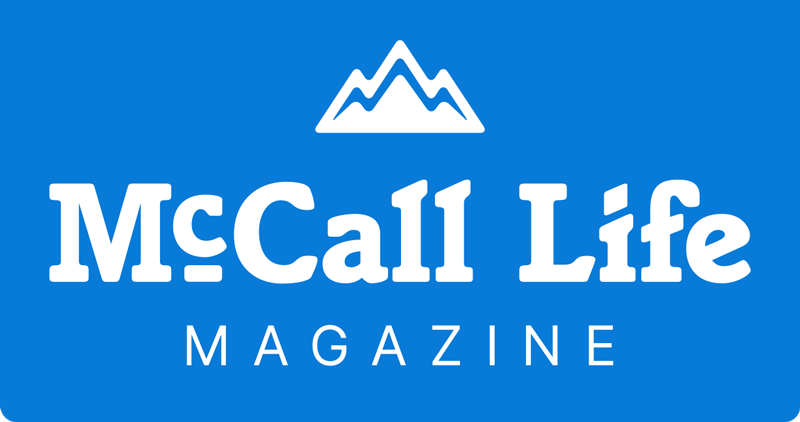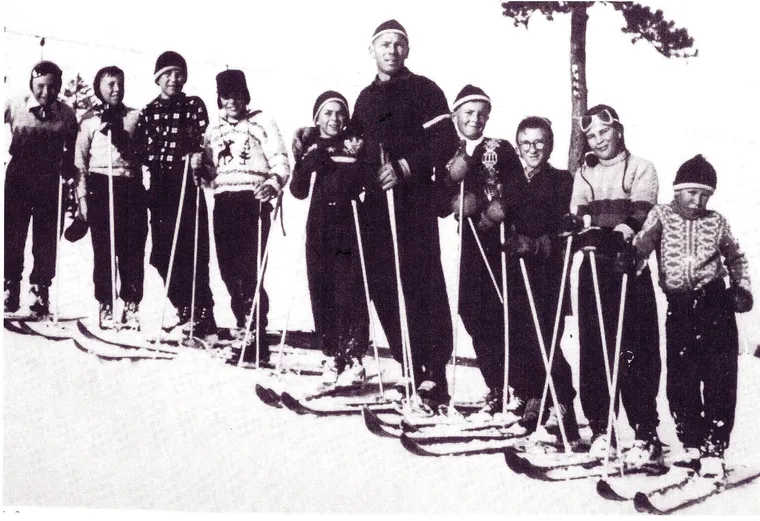By Bianca Dumas
When Corey Engen was a little boy in Norway, he had to tag along with his older brothers, Alf and Sverre, who were not eager to watch over a baby brother who couldn’t yet ski or play soccer. But he never let that stop him. Once, when Alf’s soccer team was playing away from their home of Mjondalen, the athletes and coaches were transported to the match on a flatbed truck, and they told Corey there wasn’t enough room for him to join. They thought he would go home, but when the match began, Alf looked up to find his biggest fan cheering him on from high in the treetops.
The boys’ father died of the Spanish Flu when they were young, and they all did their best to care for their widowed mother while they grew as athletes. Alf came to America in 1929, looking for work as a laborer. Sverre followed six months later. It took four more years to bring Corey and their mother over.
The Engens’ only intention in America was to find work. But Alf’s first ski jump put them on the professional circuit, and the boys were soon able to support their mother from their income as exhibition ski jumpers.
Corey was so eager to start ski jumping with Alf and Sverre that on his first jump, he put his skis on the wrong feet. But according to Sverre’s book, Skiing: A Way of Life, “Soon, he was winning almost every class B meet and was moved up to class A. Now, our only worry was that he would get ahead of us—which he did, many times.”

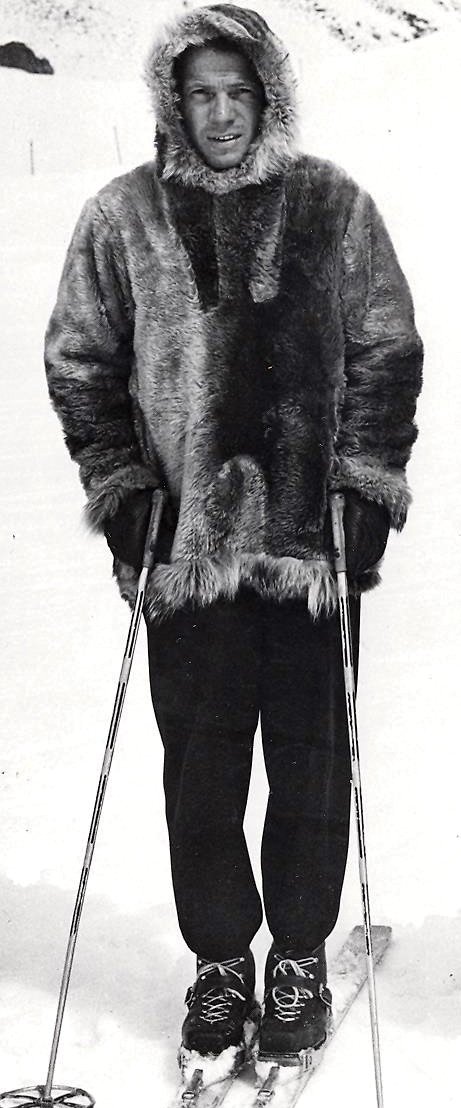
An Unstoppable Force
Corey came of age in a time when the American west was still untamed; that—along with their Norwegian upbringing—made the Engen brothers incredibly strong. Once, Corey and Sverre accepted an invitation to put on an exhibition in Jackson Hole, Wyo.., to give the snowed-in residents a reprieve from cabin fever. Corey and Sverre were to meet the mail sled in Victor, Idaho, and hold on to it as it pulled them to town on their skis. But when they got to the top of Teton Pass, they couldn’t help themselves; they said goodbye to the mailmen and skied all the way down into Jackson. There, they had to build their own snow takeoffs for the jumping exhibition. They wore the touring skis they’d come to town on to perform single and double jumps, “and all the turns we knew.”
Like his brothers, Corey was a competitive jumper and skier. In the early years of competition, the Engen brothers’ names were hard for American announcers to pronounce, especially since Corey first used the Norwegian spelling of his name—Karre. Sverre records a time when the brothers were racing for the Alta Snow Cup (which Corey won three times), when he heard, “Here comes Car Engine … yes, and he’s running smoothly on all eight … His brother, Spare, should be right behind him.”
Corey ran the ski school at Snow Basin, Utah, before he came to McCall. The winter sports program was just starting up, and Little Ski Hill became Idaho’s home for ski jumping. Warren Brown would send a truck to pick up the kids after school, and Corey Engen would be waiting to give them lessons. Over time, a T-bar was added and the jumping hill was enlarged.
What happened when Corey became the local coach is McCall folklore. He directed the Mighty Mites and the Junior ski program, producing 11 National Champions. A few of those included Mac Miller, Frank Brown, and David Engen.
Corey was a champion Four-Way skier, excelling in jumping, downhill, slalom, and cross country. McCall is one of the few places that still holds a Four-Way Ski Competition, the Chris Bodily Memorial Races (March 8–10, 2024). Today’s Four-Way is comprised of a gelande jump, slalom, giant slalom, and Nordic freestyle races, most of which take place on Little Ski Hill.
In 1959, it was decided that McCall athletes needed steeper terrain for training. Corey and Alf scouted out a location, studying the exposure of the slopes. They built Brundage along with Warren Brown and Jack Simplot. Corey did the physical labor of clearing land, erecting power poles, and building the chair lift right alongside his crew. He would manage the Brundage ski school for nine years.

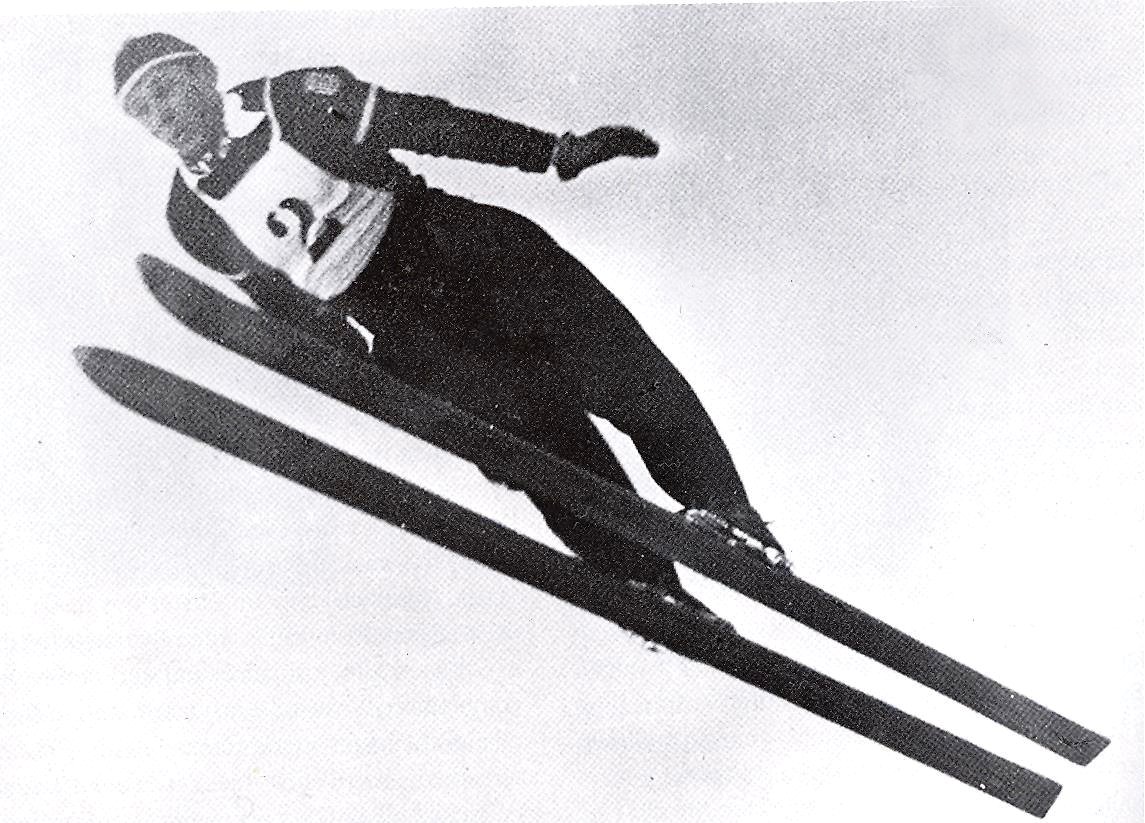
A Second Career
While the Engens were known for competition, coaching, teaching, and establishing new ski areas, they also worked as stunt doubles in movies. Alf and Corey were doubles in “Northern Pursuit,” performing the ski scenes for the lead actors while wearing huge fur coats. While the film is set in Canada, in reality, the two were racing down the slopes of Sun Valley, where they hit a few elegant gelande jumps as they outran their pursuers. At one point, they flew through the air in tandem. The brothers were also the subjects of films like “Ski Gulls” and “Ski Aces.” Sverre eventually became a filmmaker himself.
Corey collected over 200 lifetime trophies in both alpine and Nordic events and was captain of the 1948 Olympic team under the coaching of his brother, Alf. Some of his highest accolades came in his later years, including the Nordic National Championships in 1952 and the National Veterans’ Alpine Combined Championships in 1959, 1962, and 1969. Overall, he won 22 gold medals in national masters and seniors competitions. He was inducted into the U.S. National Ski and Snowboard Hall of Fame in 1973. Alf, Sverre, and Corey’s nephew Alan are also inductees—as far as it is known, Alf, Sverre, Corey, and Alan Engen constitute the only U.S. individual honorees on record to be part of the same family, in the same sport, inducted into a national level hall of fame.
Corey was a resident of McCall for more than 50 years. He sat on the hospital board and served in the chamber of commerce and the rotary club.
“I always held him in great respect,” Alan says. ”Like my father, he was a gentle and humble man, but highly competitive.”
Today, the McCall Ski Heritage Foundation is putting together a museum to commemorate the legacy of Corey Engen and others who were foundational to McCall’s ski culture.
